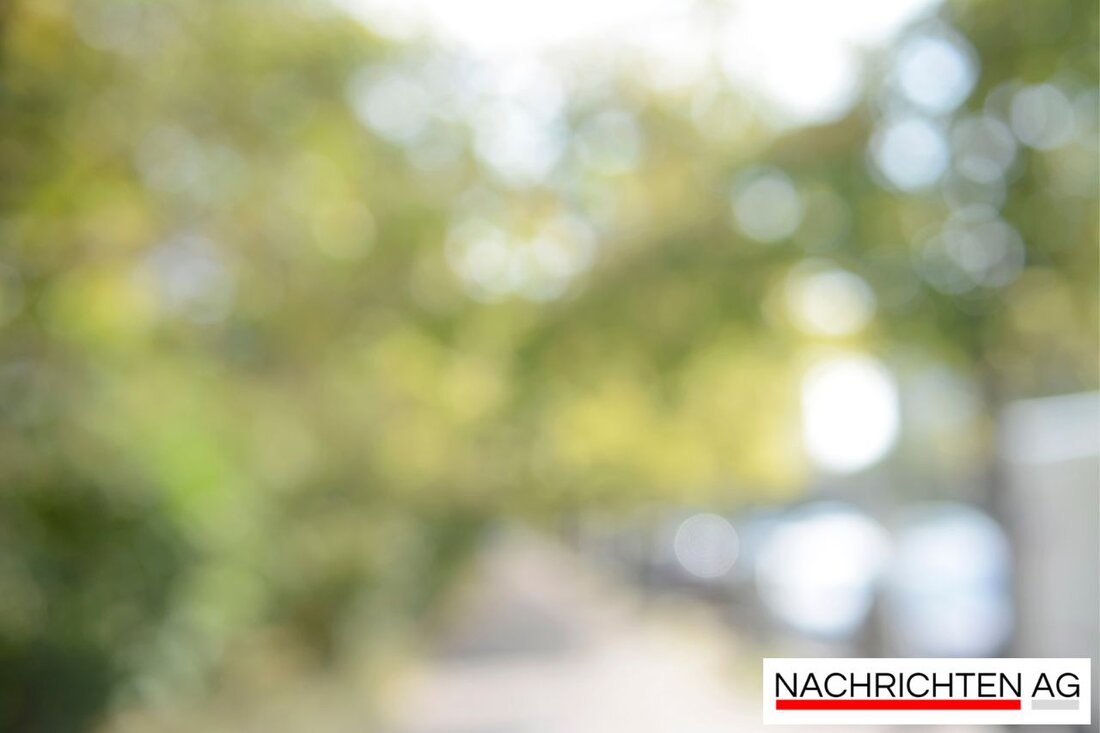Future of the Bremen steelworks: Politics calls for CO2-reducing measures!
Bremen discusses the future of the steelworks with ArcelorMittal: CO2 reduction, investments and hydrogen strategies until 2030.

Future of the Bremen steelworks: Politics calls for CO2-reducing measures!
A fresh wind is blowing across the Bremen steel industry. The board of the steel manufacturer ArcelorMittal has invited the parliamentary group leaders to discuss the future of the Bremen steelworks. Politics and companies are engaged in a constructive dialogue here. Should we say that this rapprochement is a positive signal? The SPD parliamentary group is calling for a concrete future plan for the blast furnaces, while the Greens are demanding more details about the planned investments at the site. The CDU also wants clarity for the employees in Bremen. The left also demands concrete statements about CO2 reduction and criticizes the rejection of funding as an insult. For the FDP it is important that politicians not only listen but also act actively.
ArcelorMittal's invitation comes at a crucial time, as the company has big plans for the Bremen and Eisenhüttenstadt locations. Arcelormittal is planning to invest between 1 and 1.5 billion euros to produce up to 3.5 million tons of steel by 2030 to produce green hydrogen. This could reduce CO2 emissions by more than 5 million tonnes, depending on the availability of hydrogen. Reiner Blaschek, CEO of ArcelorMittal Flachstahl Germany, emphasizes the relevance of these steps with regard to the EU's climate commitments.
Investments for the future
In order to competitively produce carbon-neutral steel, ArcelorMittal wants to change the technology. A first step will take place this year: two blast furnaces - one in Bremen and one in Eisenhüttenstadt - will be converted to inject natural gas and reduce the use of coal in iron ore reduction. In the future, hydrogen from electrolysis will be used in Bremen, provided by the regional network North German Clean Hydrogen Coastline.
In order to achieve the EU's ambitions - to reduce CO2 emissions by 30 percent by 2030 and to achieve complete climate neutrality by 2050 - a major transformation of the steel industry is necessary. According to a study by Roland Berger, the green transformation could cause additional annual costs in the double-digit billion range. In view of rising CO2 certificate prices, conventional steel production is becoming increasingly unattractive. The pressure on companies is growing.
The path to green steel
The steel industry in Europe currently produces 221 million tonnes of greenhouse gas emissions, accounting for 5.7 percent of total EU emissions. In view of these numbers, it is clear: action must be taken here! In order to achieve the climate goals, the industry must produce 29 million tonnes more climate-friendly annually by 2030. Hydrogen and natural gas-based technologies offer the greatest potential. But this also means that this transformation cannot take place without support from the state and cooperation partners. Political support and innovation funding are necessary to achieve the necessary progress.
The conversation between ArcelorMittal and the political groups in Bremen could be the beginning of a decisive change. Anyone who invests wisely now and sets the right course could create advantages not only for their own employees, but also for the entire region and its environment. The future of the Bremen steelworks remains exciting and it remains to be hoped that everyone involved has the ability to master the challenges together.

 Suche
Suche
 Mein Konto
Mein Konto